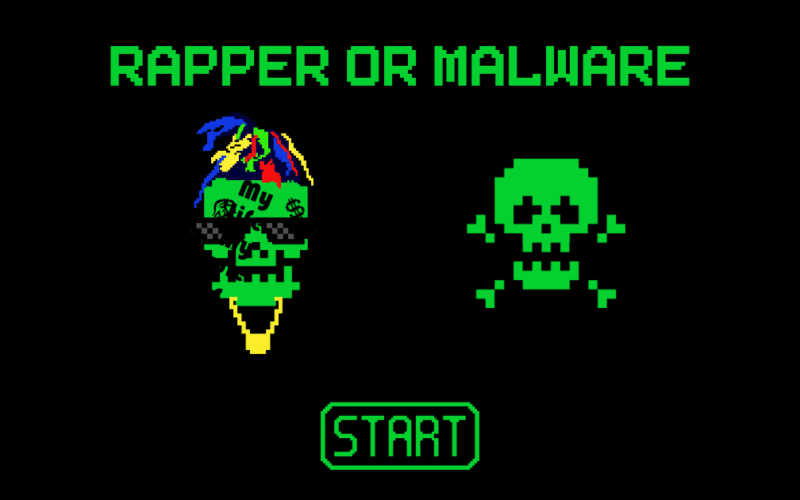
App shielding
Rapper or Malware – Can Cybersecurity Experts and Rap Fans Tell The Difference?
Bad Bunny, CozyDuke, Gh0stRAT, and Wifisfuneral – these are all names of either malicious malware or contemporary rappers, but they are curiously hard to separate. Can you tell them apart? We wanted to put the experts to the test and asked 1000 cybersecurity professionals and 1000 rap fans if they could tell the difference between […]
Bad Bunny, CozyDuke, Gh0stRAT, and Wifisfuneral – these are all names of either malicious malware or contemporary rappers, but they are curiously hard to separate. Can you tell them apart?
We wanted to put the experts to the test and asked 1000 cybersecurity professionals and 1000 rap fans if they could tell the difference between the names of ten notorious computer viruses and ten contemporary rappers.
The average score for cybersecurity professionals was 12/20. Can you beat it?
Rap Fans Better Than Cybersecurity Professionals
Our research shows that rap fans are actually better than cybersecurity professionals at telling the rappers and malware apart.
In fact, the rap fans got an average score of 70% correct while the cybersecurity professionals got 61% correct.
The most commonly misidentified answer in the test was the name Tizi, a backdoor malware aimed at Android smartphones. As many as 75% of rap fans and 78% of cybersecurity professionals thought Tizi was a rapper. And this is only one of the examples of names that created some confusion.
The results also show that:
- 61% of cybersecurity professionals thought that the 23-year-old rapper Wifisfuneral was a form of malicious malware
- More than half (55%) of rap fans thought that CozyDuke, a spyware aimed at specific high-value targets including government organizations, was a rapper
- and 52% of cybersecurity professionals thought Maryland-born rapper JPEGMAFIA was malware
Prof. Thomas Chen, Professor of Cyber Security at City, University of London advised us on the list of malware in the test. He comments on the often eye-catching names given to malware and says that:
“Malware – malicious software that is specifically designed to damage or gain unauthorized access to a computer system – is not a new phenomenon. From early-internet phishing scams to Bluetooth-connection vulnerabilities, devices have been in danger since the first virus infected floppy disks in 1986. Often, what propels malware to widespread notoriety is not just the severity of their impact, but also the effectiveness of their branding, with malicious programs frequently given memorable, curious or esoteric names commonly influenced by internet parlance.”
Clever Branding
The success of many recent rappers can in large part be due to their clever branding, and the same can be said for malware. Tom Lysemose Hansen, CTO at Promon says that:
“The notoriety of certain viruses is elevated due to an interesting or unusual name – and perhaps the same is true for some of these rappers. While we cannot say for certain why there seem to be such strong similarities between the names of malware and rappers, internet culture is increasingly part of the mainstream and an influence on the wider world. The inability of experts to differentiate between the two – while certainly entertaining – also provides a reminder of the scale of the threat of online malware.”
Are you able to separate the viruses from the viral superstars?